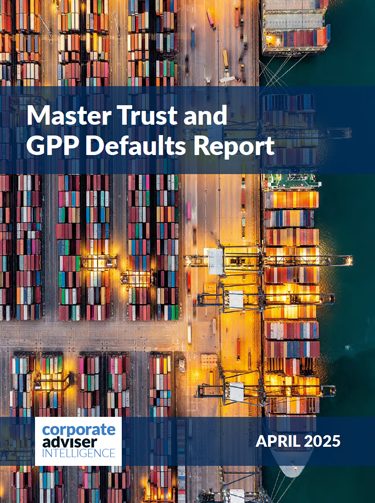The PQM is a welcome initiative, as are any moves that lead to a better experience for the end consumer. The benefits of applying for the PQM seem to be aimed at employers, allowing them to demonstrate the value of their scheme to current and prospective employees. The benefits here are focussed on the employer’s desire to get a return on their investment through improved recruitment and retention of staff.
Clearly there will be benefits for the end consumer (scheme member) and these include higher contribution levels, better scheme governance and engaging communications. For schemes willing to set contributions at over 15%, with a minimum of 10% from the employer, a ‘PQM plus’ standard is available.
All of this is good news and should provide value for an employer and enhanced benefits for the scheme member. With all this in mind, I thought it was worth giving some consideration to what excellent scheme design should encompass. For example, if there was a ‘PQM ++’ standard, what would this look like?
We have to work to the principles of giving value to the scheme sponsor, whilst ensuring the member receives benefits that they fully understand, and can maximise by making informed decisions. So what should be the core components of effective scheme design? I would suggest the following as a starting point:
• Auto enrolment will ensure members join as soon as possible and start to benefit from the employer contributions and tax relief available
• Automatically increasing contributions through a Save More Tomorrow approach that links increases to annual pay rises and overcomes loss aversion
• An effectively designed, and well governed, default option that invests members in an appropriate asset class at the various stages of their saving
• A considered selection of core funds that a member can select from if they wish to step outside of the default option, but not be confronted with an overwhelming amount of choice
• A wider range of specialist ‘open architecture’ funds, perhaps with self investment options for those that wish to take more control and have the knowledge to do so
• Engaging communications at all stages of scheme membership. Communications should be tailored for the employer’s overall benefit package and delivered to expertly segmented audiences
• Guidance and advice should be available to members if and when required, particularly around issues like contribution levels and legacy scheme consolidations
• Detailed counselling should be available at retirement, helping members to understand the numerous options available and encouraging them to seek professional assistance
• Information should be easily accessible in multi-media formats, and should be clear and interactive
• Governance arrangements should be formalised and include scheme members. Plain English reports on the activities and decisions of the governance committee(s) should be shared with members to provide reassurance and help improve understanding
• Scheme design should include other lifestyle savings options, such as an ISA option and shareplan rollovers capability.
Communication is an area where a lot of value can be added to the customer experience, for both scheme sponsor and member. For example, the use of imagery can be far more powerful than words or numbers and this is an area where the industry could employ more thought.
Communication isn’t all about the point of delivery of course, it is equally important to position any face to face communication exercise effectively before and after the actual workshops. Members should be engaged over a period of weeks to ensure their interest in attending the workshop, to consider their position beforehand, to submit questions they would like answered and to discuss the issues with family or colleagues. Post workshop, communications should remain open, reminders should be sent and feedback taken and considered. All of this activity will improve member engagement and ensure they make decisions that are in their best interest.
So, the PQM and PQM+ initiatives are welcome and should be discussed with clients. The standards set should become benchmarks for the industry to follow, giving providers many opportunities to ensure that the benefits to the sponsor and member are of even greater value.
Alan Millward
Head of Workplace Distribution at AXA.
alan.millward@axa-sunlife.co.uk




